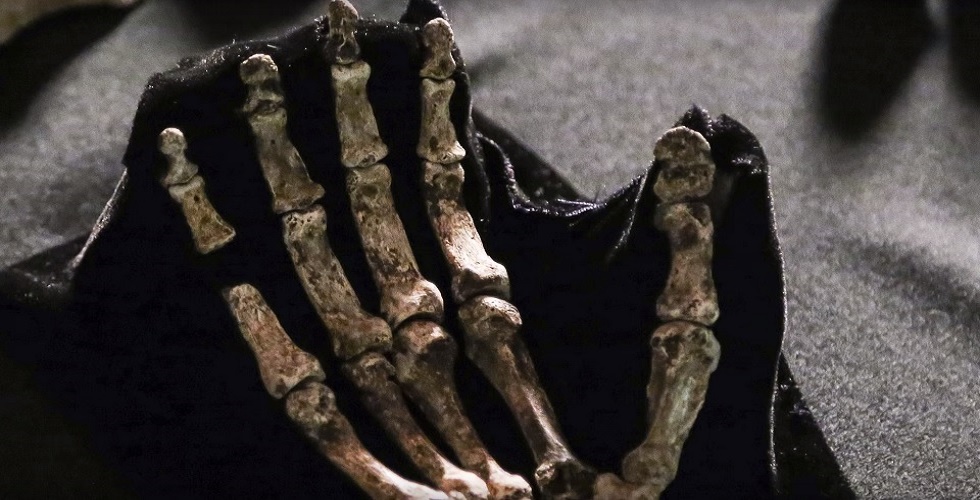
Scientists claim to have discovered several fossils of a previously unknown human species. The species named Homo Naledi was found in a cave near Johannesburg, South Africa.
In this cave called Rising Star, the scientists have unearthed over 1,550 bones from at least 15 individuals. Thus one of the largest discoveries of this kind ever made on the African continent.
Much of the fossil material is very fragmentary, but as a whole, they nevertheless provide us with a relatively good picture of this species.
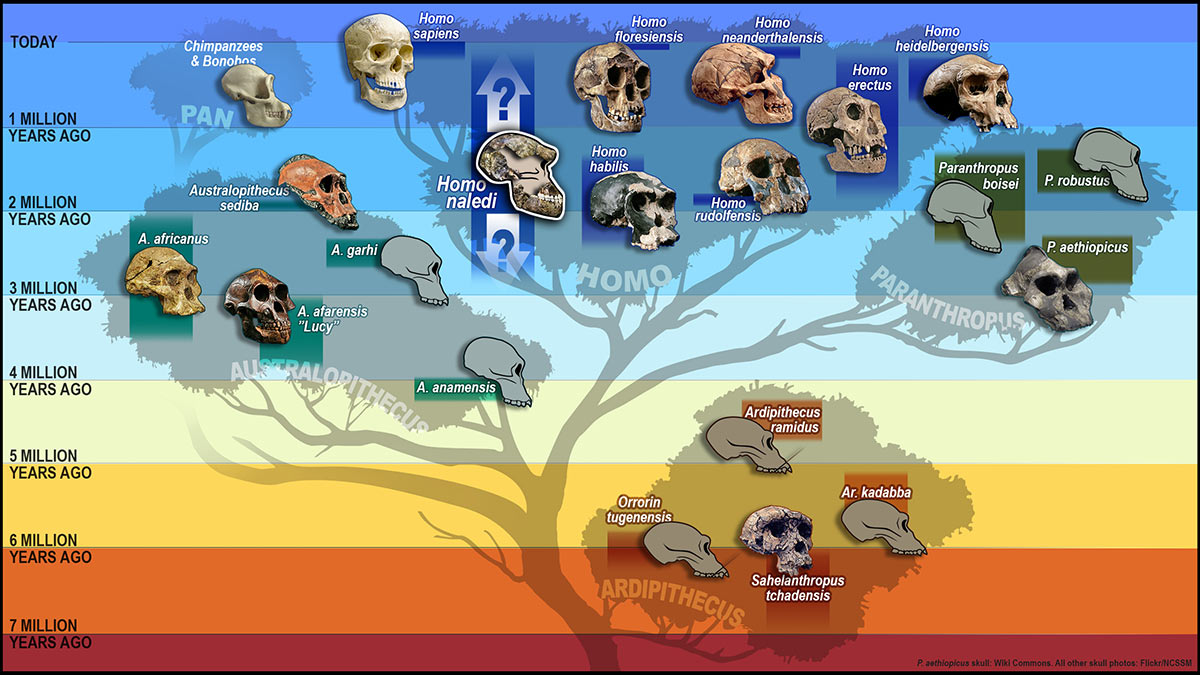
The species’ brain was very small, only about 500 cubic centimeters (31 cubic inches). Which is just slightly bigger than the brain of a chimpanzee.
They were quite small, with a body length of about 150 centimeters (4 feet 11 inches), and with a body weight of around 45 kilos (100 pounds).
Homo Naledi was about the same size as Homo Habilis. One of the oldest and most primitive human species.
Its size of body and brain does indicate it to be very old. But where this new species is to be placed in the family tree of humans is unclear as it has not been possible to determine the age of fossils.
The archaeological findings were done in a project by the University of Wisconsin-Madison and the University of Witwatersrand. These findings have been published in the scientific journal Elife and also presented in the National Geographic magazine.
Check out the below videos by the University of Wisconsin–Madison.
______________
Homo naledi, a new species of the genus Homo from the Dinaledi Chamber, South Africa
____________________________



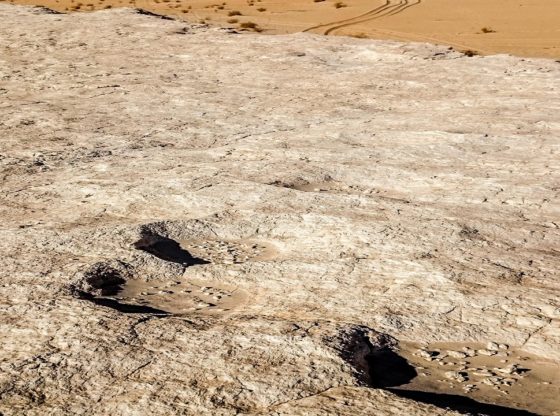
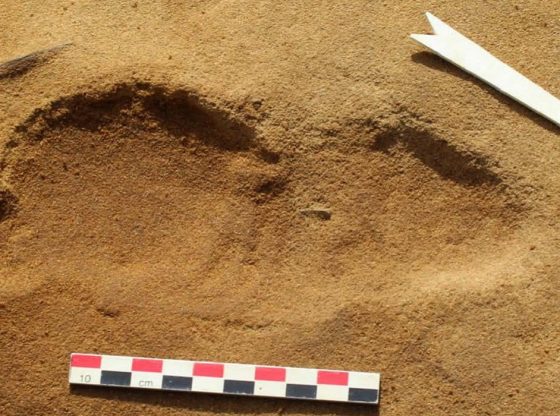
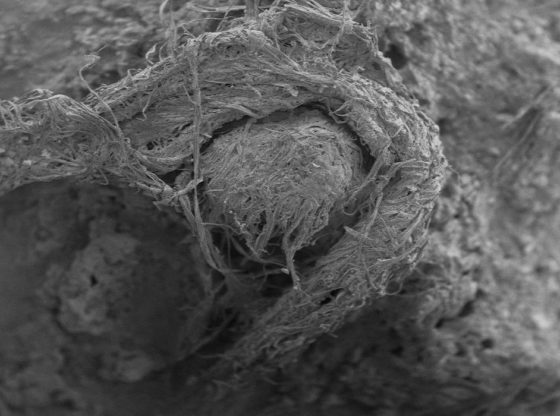
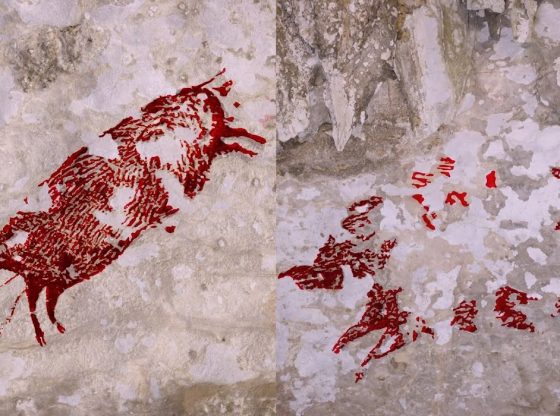

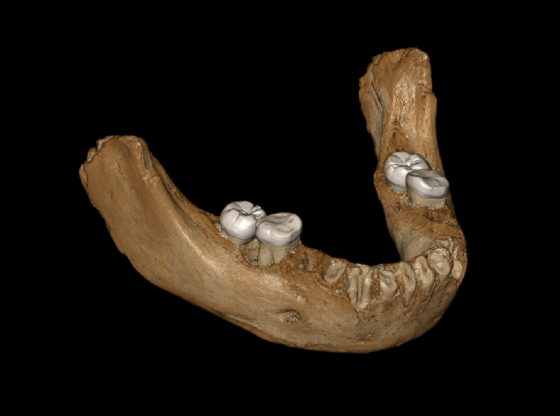
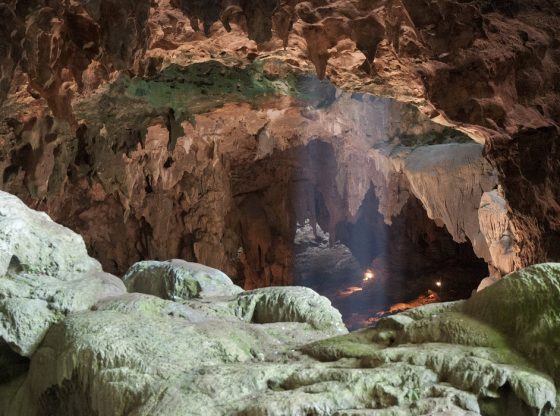

![OpenAI. (2025). ChatGPT [Large language model]. https://chatgpt.com](https://www.illustratedcuriosity.com/files/media/55136/b1b0b614-5b72-486c-901d-ff244549d67a-350x260.webp)
![OpenAI. (2025). ChatGPT [Large language model]. https://chatgpt.com](https://www.illustratedcuriosity.com/files/media/55124/79bc18fa-f616-4951-856f-cc724ad5d497-350x260.webp)
![OpenAI. (2025). ChatGPT [Large language model]. https://chatgpt.com](https://www.illustratedcuriosity.com/files/media/55099/2638a982-b4de-4913-8a1c-1479df352bf3-350x260.webp)








